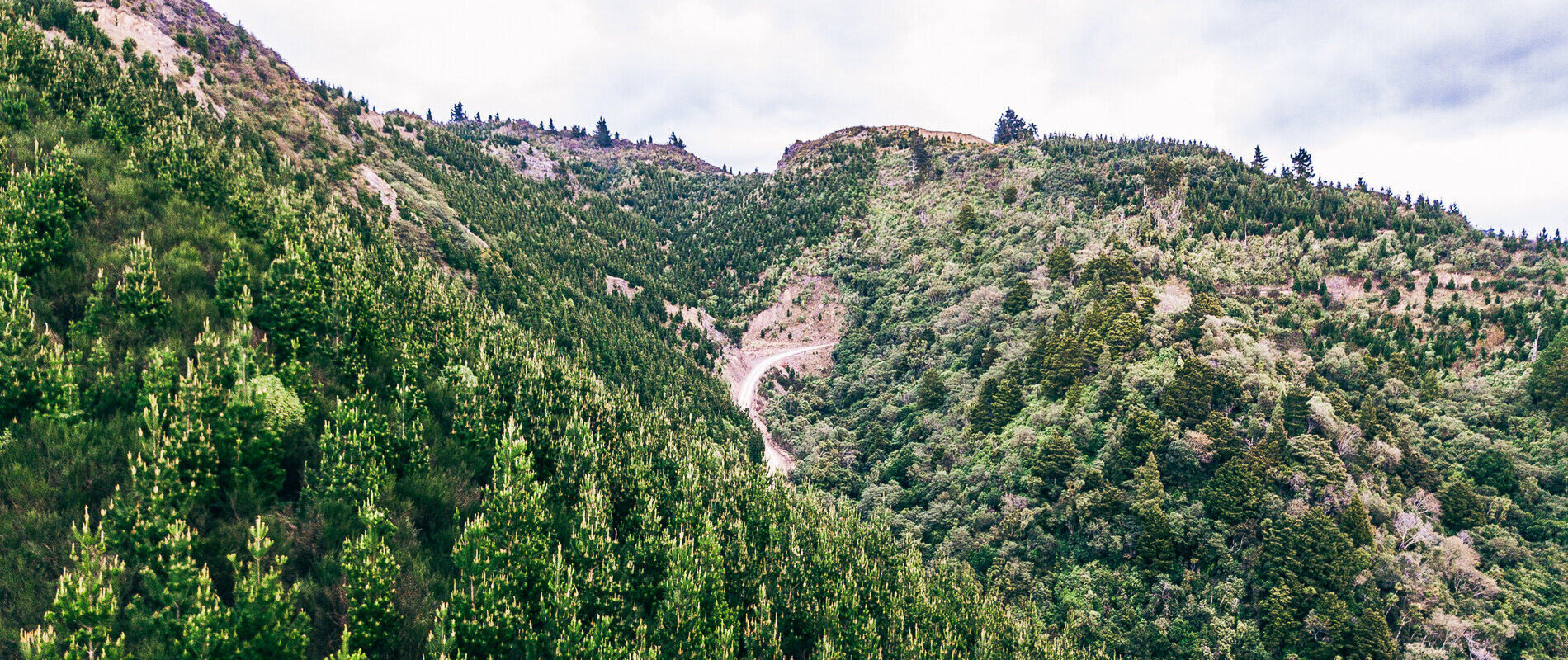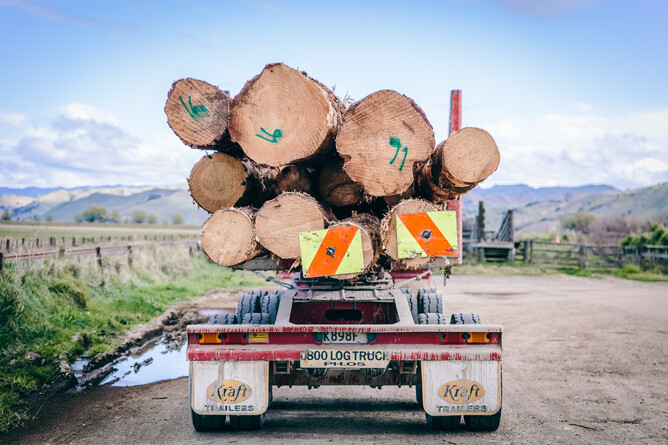This page from the Muku Tangata website provides an overview of the industry, including statistical trends and analysis, industry opportunities, and a roadmap of where to from here.
When Māori first arrived in Aotearoa, it is believed that more than 80% of the land was covered in lush, dense native forest and shrublands. The first contacts between Māori and visiting ships prompted the supply of logs and spars, and an increasing desire for Aotearoa timber eventually led to Māori involvement in the felling of timber for commercial purposes.
As colonisation increased, so too did the impacts of commercial harvesting and the clearing of bush for settlements and agriculture. By 1913, some species were threatened with extinction. In order to preserve what remained, restrictions over these activities and the exporting of native timber were introduced.
Further efforts were required and by 1925 people were incentivised to plant exotic species. Radiata pine (Pinus radiata) became the preferred species, as it grew faster in Aotearoa than anywhere else in the world. People began planting exotic species in the 1920s, 30s and 60s, creating a booming forest industry.
Today, forests cover 38% of the land - a total of 10.1 million hectares of forests, with 2.1 million hectares of plantation forests (90% of these are radiata pine). Most plantation forests (96%) are now owned privately for commercial timber production. Māori have a high proportion of ownership in the industry, but usually this is as landowners, not ownership of the trees. While an estimated 18% of businesses are Māori owned, Māori trusts and incorporations own $4.3 billion of assets in the forest industry and more than 30% of land that is under plantation forestry, in addition to large areas of indigenous forest. Despite this, Māori remain underrepresented at ownership and leadership levels in other parts of the supply chain.
In 2020, we counted 16,710 people in the Forest industry workforce. The industry relies on a small number of export markets and a narrow range of products, with little new investment going into the industry. Despite this, exports for 2022 were around $6.58 billion and Forest is the country’s largest renewable biomass resource. The industry is set to support the country’s transition to a net-zero economy because of the production of new wood-based products, including biochemicals, bioplastics, textiles, and fuels.




